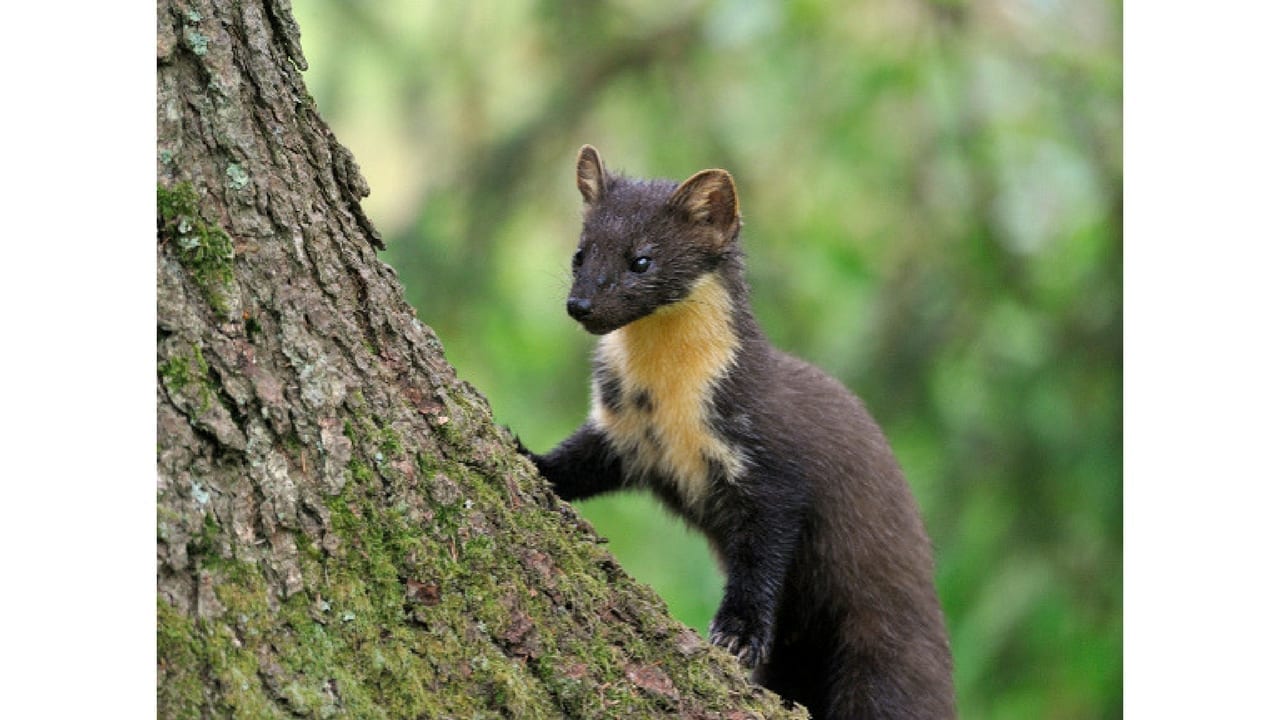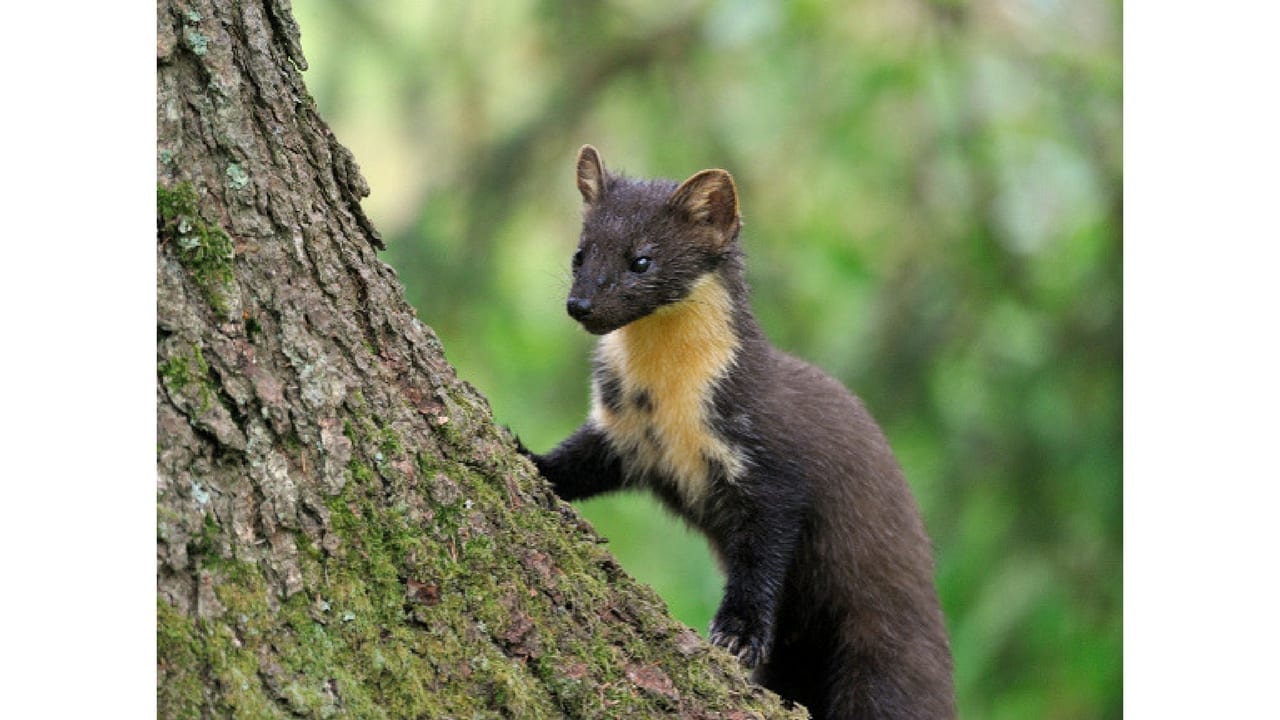Pine Marten Update December 2017


Tracking of the newly released and established pine marten continues to be carried out to provide information on their locations, population density and movements through the countryside. They are establishing themselves at low density over a wide area, choosing the best territories.

“It grounds the pine marten’s reestablishment as something tangible and real and highlights something equally as important as the science, the research, and the ecological theory: the fact that something wonderful and wild has returned to Wales, enriching the landscape and spreading a hopeful message that what is endangered, damaged or lost can be recovered with expertise, willpower and the support of local communities.”
There is real beauty and magic in experiencing wildlife in the wild. The work of returning native wildlife to the landscape is so important – it is what Cambrian Wildwood is all about, and we commend Vincent Wildlife Trust for their exemplary work.
For more detailed reports from the Pine Marten Project, see Pages 5 to 9 of Vincent Wildlife News December 2017.
